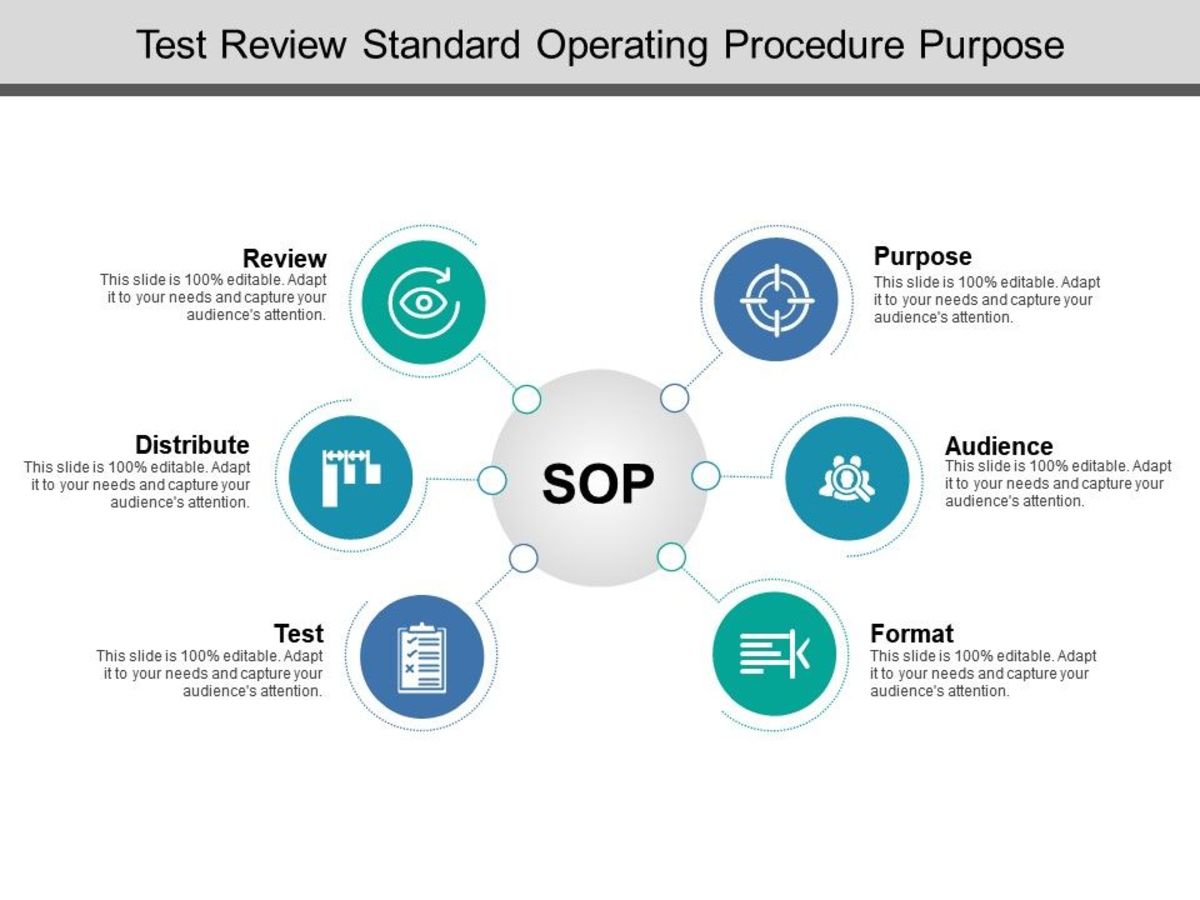- HubPages»
- Business and Employment»
- Small Businesses & Entrepreneurs»
- Marketing for Small Business
Marketing Strategy That Puts People First
Towards a New View of Marketing
Be a connector of People -It is more important that you take the time and energy at an event to introduce and edify people to others. In order to do this properly, you really need to know the positive attributes of the person you are introducing ... The group will begin to respect and appreciate you. This also begins the process of trust and we can all agree that trust is a key ingredient to earning clients. - from Keys to Networking #1 The Power is in the Seed not the Sower.
Marketing is inherently people driven and never stagnant. A distinct blend of both art and science, effective marketing strategy requires finding ways to deliver exceptional value by fulfilling the needs and wants of others.
Marketing strategy draws from psychology, sociology, and economics to better understand basic needs and motivations—whether they are the organization’s customers its employees, or its stakeholders—people serving people.

Change Is Inevitable
People change. So do companies, organizations, communities and nations. What works today might not work tomorrow. Products that are popular today are forgotten next week.
The lack of concrete rules and the ever-changing economic, sociocultural, competitive, technological, and political/legal landscapes make marketing strategy a vital subject. No other business function focuses on developing relationships with customers. Customer loyalty increases sales. It creates profits and builds your brand.
According to The Gartner Group, 20% of your existing customers generate 80% of your profits. The key for any businesses to survive and grow goes beyond merely acquiring new customers. You need to build a sustainable sales stream of existing ones.
A perfect marketing strategy that is executed perfectly can still fail. Sometimes, organizations get lucky and are successful despite having a terrible strategy and/or execution. The nature of marketing can make marketing planning frustrating.
Optimize Your Efforts
"Networking events have become much more than a place to throw out your business cards over the proverbial rubber chicken," writes business storyteller Julie Barnes. "They have evolved into groups of individuals where making a real impact in not only their business community, but their community as a whole has become of the utmost importance."
A great example of this is the Boise-based company, Local Impact Zone (LIZ), which provides a free social marketplace with resources to support its members while fostering a sense of responsibility to help each other grow.
"This culture of giving first to empower the law of reciprocity is not only sustainable long-term, but has the tendency to lift the community at all levels, says LIZ CEO Brett Labit . "Being unified means that we care more about being reconciled than right. I personally have found the best path to unity is to consciously remove expectation, judgment, manipulation and control of others and allow them to be who and what they are. The law of reciprocity says that if I extend this freedom to others, in time, freedom is what I will receive."
The Customer Relationship Era
American business history is divided into four overlapping periods: the production era, the sales era, the marketing concept era, and the current customer relationship era, according to marketing professors Roger Kerin and Steven Hartley.
The production era includes the period up until the 1920s, when buyers were willing to accept virtually any goods that were available. The central notion was that products would sell themselves. The sales era lasted from the 1920s to the 1960s. Manufacturers found they could produce more goods than buyers could consume, and competition grew, so the solution was to hire more salespeople to find new buyers.
In the late 1950s, the marketing concept era dawned when organizations adopted a strong market orientation and integrated marketing into each phase of their business. In today’s customer relationship era, organizations continuously seek to satisfy the high expectations of customers—an aggressive extension of the marketing concept era. This is increasingly done through social media and social networks.
Free Range Studio CEO Jonah Sachs, who has helped hundreds of social brands and causes break through, put it succinctly: “Good marketers see consumers as complete human beings with all the dimensions real people have.”








